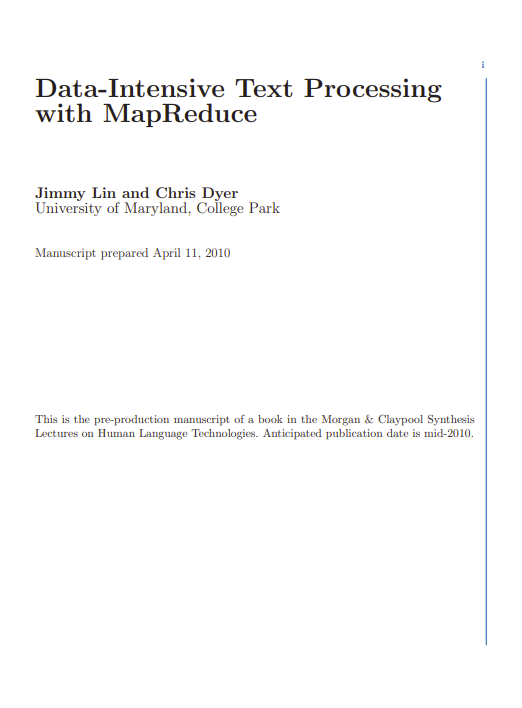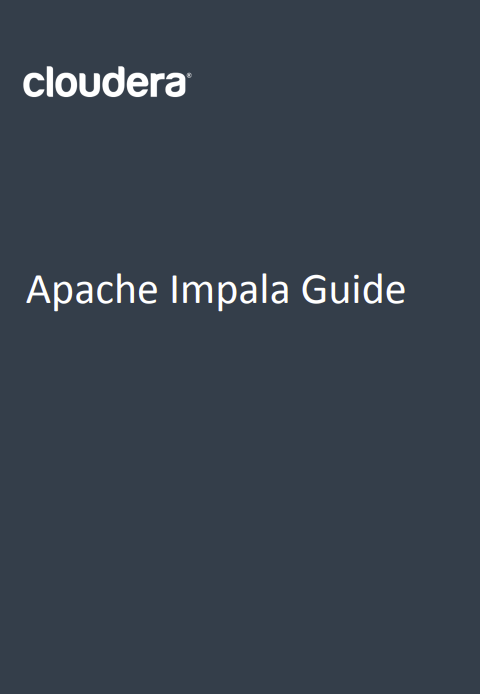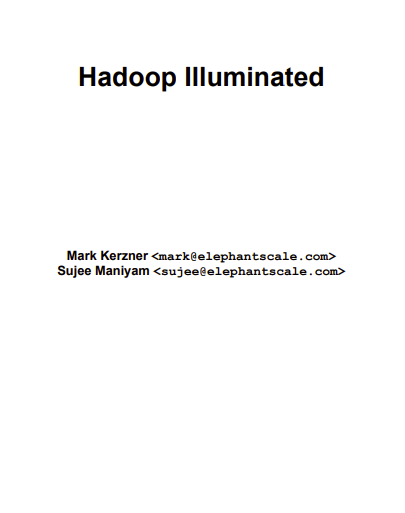MapReduce is a programming model for expressing distributed computations on massive amounts of data and an execution framework for large-scale data processing on clusters of commodity servers. It was originally developed by Google and built on well-known principles in parallel and distributed processing dating back several decades. MapReduce has since enjoyed widespread adoption via an open-source implementation called Hadoop, whose development was led by Yahoo (now an Apache project). Today, a vibrant software ecosystem has sprung up around Hadoop, with significant activity in both industry and academia.
This book is about scalable approaches to processing large amounts of text with MapReduce. Given this focus, it makes sense to start with the most basic question: Why? There are many answers to this question, but we focus on two. First, “big data” is a fact of the world, and therefore an issue that real-world systems must grapple with. Second, across a wide range of text processing applications, more data translates into more effective algorithms, and thus it makes sense to take advantage of the plentiful amounts of data that surround us.
Modern information societies are defined by vast repositories of data, both public and private. Therefore, any practical application must be able to scale up to datasets of interest. For many, this means scaling up to the web, or at least a non-trivial fraction thereof. Any organization built around gathering, analyzing, monitoring, filtering, searching, or organizing web content must tackle large-data problems: “web-scale” processing is practically synonymous with data-intensive processing. This observation applies not only to well-established internet companies, but also countless startups and niche players as well. Just think, how many companies do you know that start their pitch with “we’re going to harvest information on the web and. . . ”?
Another strong area of growth is the analysis of user behavior data. Any operator of a moderately successful website can record user activity and in a matter of weeks (or sooner) be drowning in a torrent of log data. In fact, logging user behavior generates so much data that many organizations simply can’t cope with the volume, and either turn the functionality off or throw away data after some time. This represents lost opportunities, as there is a broadly-held belief that great value lies in insights derived from mining such data. Knowing what users look at, what they click on, how much time they spend on a web page, etc. leads to better business decisions and competitive advantages. Broadly, this is known as business intelligence, which encompasses a wide range of technologies including data warehousing, data mining, and analytics.
How much data are we talking about? A few examples: Google grew from processing 100 TB of data a day with MapReduce in 2004 to processing 20 PB a day with MapReduce in 2008. In April 2009, a blog post1 was written about eBay’s two enormous data warehouses: one with 2 petabytes of user data, and the other with 6.5 petabytes of user data spanning 170 trillion records and growing by 150 billion new records per day. Shortly thereafter, Facebook revealed2 similarly impressive numbers, boasting of 2.5 petabytes of user data, growing at about 15 terabytes per day. Petabyte datasets are rapidly becoming the norm, and the trends are clear: our ability to store data is fast overwhelming our ability to process what we store. More distressing, increases in capacity are outpacing improvements in bandwidth such that our ability to even read back what we store is deteriorating [91]. Disk capacities have grown from tens of megabytes in the mid-1980s to about a couple of terabytes today (several orders of magnitude). On the other hand, latency and bandwidth have improved relatively little: in the case of latency, perhaps 2× improvement during the last quarter century, and in the case of bandwidth, perhaps 50×. Given the tendency for individuals and organizations to continuously fill up whatever capacity is available, large-data problems are growing increasingly severe.






